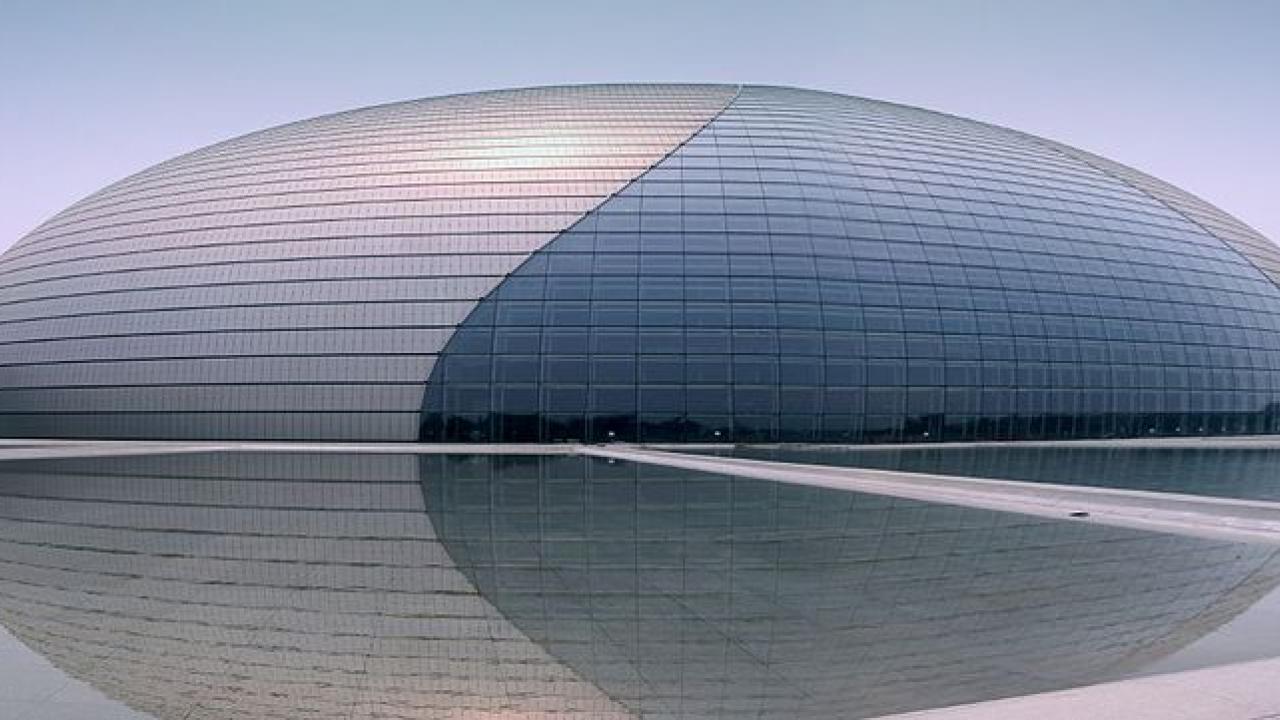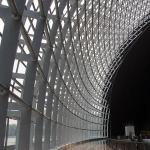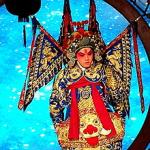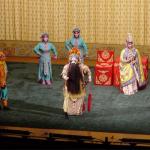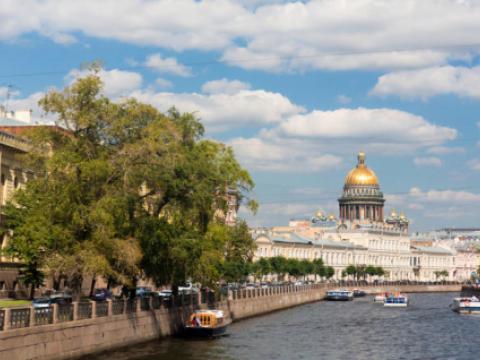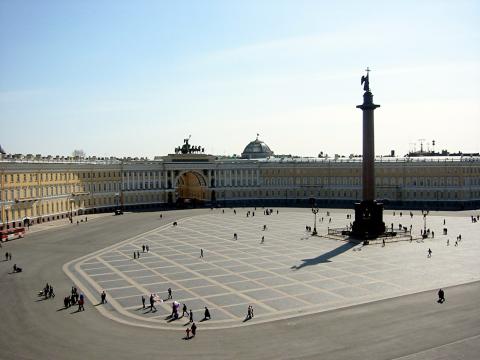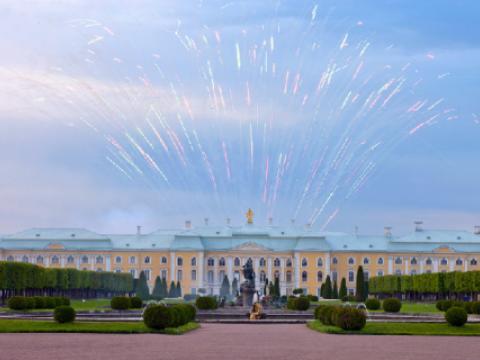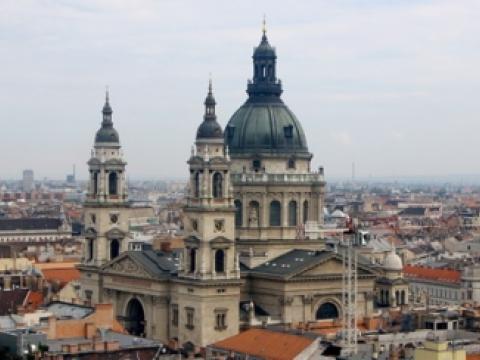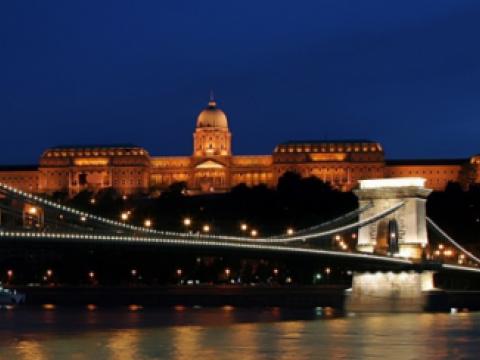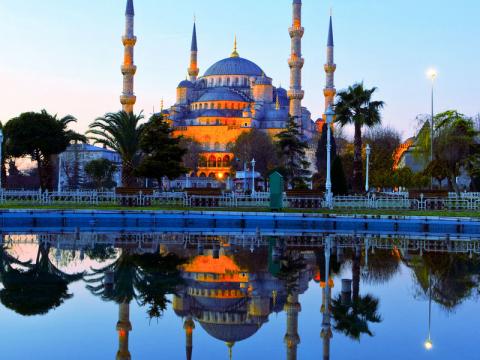Location
The most quintessential art form of China and obviously typical for Beijing is the Beijing opera. It is the largest Chinese opera form and also extolled as 'Oriental Opera', combining music, vocal performance, mime, dance, and acrobatics. The Beijing opera arose in the late 18th century and became fully developed and recognized by the mid-19th century.
Beijing opera features four main types of performers. Performing troupes often have several of each variety, as well as numerous secondary and tertiary performers. With their elaborate and colorful costumes, performers are the only focal points on Peking opera's characteristically sparse stage.
The most spectacular setting for Beijing opera is the the National Grand Theatre, also known as Beijing National Center for the Performing Arts or the “The Giant Egg”. Surround by artificial lake, the spectacular glass and the titanium egg-shaped Opera House was designed by French architect Paul Andreu and seats 5,452 people in its three separate theatres. The dome measures 212 meters in east-west direction and is 46 meters high.
Subway:
Take the subway line 1, and get off the Tiananmen Square West station exit C, then walk to west 50 meters.
Bus:
Take bus 4, 10, 22, 52 to Tiananmen square West stop where you can see the glass dome that is completely surrounded by a man-made lake.
Just visiting and wondering around this ultra-modern building costs RMB 30. The opera prices depend on the venue in question.
Visiting Time:
TUE – FRI: 13:30 – 17:00 ( stop selling tickets at 16:30)
SAT, SUN and Public Holidays: 09:30 – 17:00 (stop selling tickets at 16:30)
Monday: No Visiting







